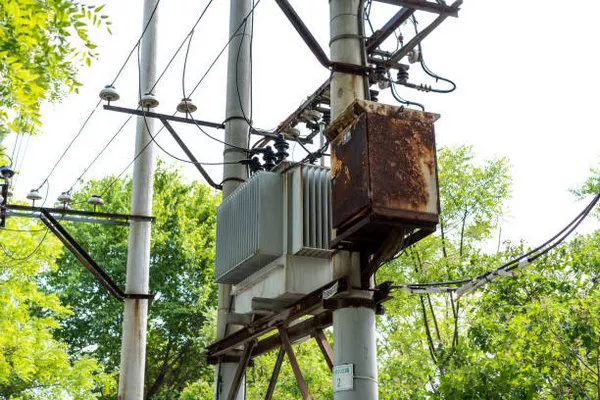Transformers play a crucial role in the realm of electrical systems, serving as indispensable components that facilitate the efficient transmission of electrical power. Among the myriad of transformers, the 24V transformer holds a prominent position, finding widespread use in various applications, from industrial settings to residential environments. In this article, we delve into the intricate workings of a 24V transformer, exploring its fundamental principles, components, and the underlying physics that govern its functionality.
Fundamental Principles of Transformers
Transformers operate on the principle of electromagnetic induction, a phenomenon discovered by Michael Faraday in the early 19th century. The fundamental idea is based on the fact that a changing magnetic field induces an electromotive force (EMF) in a nearby conductor. In the context of transformers, this principle is harnessed to transfer electrical energy between two coils—primary and secondary—linked by a magnetic core.
Components of a 24V Transformer
Primary Coil: At the heart of a 24V transformer lies the primary coil, which is connected to the input voltage source. The alternating current (AC) flowing through the primary coil generates a magnetic field around it.
Secondary Coil: Adjacent to the primary coil is the secondary coil, connected to the load. As the magnetic field produced by the primary coil fluctuates due to the AC input, it induces an EMF in the secondary coil, generating a voltage across its terminals.
Magnetic Core: The primary and secondary coils are wound around a common magnetic core, typically made of ferromagnetic materials like iron. The magnetic core serves to concentrate the magnetic flux generated by the primary coil, enhancing the efficiency of energy transfer.
Operation of a 24V Transformer
Input Voltage Application: When an AC voltage is applied to the primary coil of a 24V transformer, it results in a constantly changing magnetic field around the coil due to the alternating nature of the current.
Magnetic Field Induction: The fluctuating magnetic field induces a varying EMF in the secondary coil according to Faraday’s law of electromagnetic induction. The number of turns in the secondary coil relative to the primary coil determines the voltage transformation ratio.
Voltage Transformation: In the case of a 24V transformer, the secondary coil is designed to produce a voltage of 24 volts. The relationship between the primary and secondary voltages is determined by the turns ratio, where Vp/Vs = Np/Ns, with Vp and Vs being the primary and secondary voltages, and Np and Ns representing the respective numbers of turns in the coils.
Load Connection: The secondary coil is connected to the load, be it a device or a circuit requiring a 24V power supply. The transformer ensures that the electrical power is efficiently transferred from the primary to the secondary coil with minimal loss.
Efficiency and Power Loss
While transformers are highly efficient devices, they are not entirely free from power losses. Several factors contribute to these losses, including:
Eddy Currents: These are circulating currents induced in the magnetic core due to the changing magnetic field. To mitigate eddy current losses, transformer cores are often laminated or constructed using materials with high electrical resistance.
Hysteresis Losses: Hysteresis refers to the lagging of magnetic induction behind the applied magnetic field. As the magnetic core undergoes repeated cycles of magnetization and demagnetization, energy is lost in the form of heat.
Applications of 24V Transformers
The versatility of 24V transformers makes them indispensable in various applications across different industries:
Industrial Machinery: 24V transformers power control circuits and sensors in industrial machinery, providing a stable voltage source for proper operation.
HVAC Systems: Heating, Ventilation, and Air Conditioning (HVAC) systems often incorporate 24V transformers to supply power to control circuits and sensors.
Residential Doorbell Systems: Doorbell systems commonly use 24V transformers to power the doorbell chime and enable communication between the doorbell and the internal unit.
Automation and Control Systems: In home automation and control systems, 24V transformers are employed to power smart devices, sensors, and actuators.
Conclusion
In conclusion, the operation of a 24V transformer is rooted in the fundamental principles of electromagnetic induction. Through the careful design of primary and secondary coils, coupled with an efficient magnetic core, these transformers enable the seamless transfer of electrical energy while maintaining a stable voltage output. As essential components in various applications, 24V transformers exemplify the marriage of theoretical physics and practical engineering, showcasing the ingenuity that drives the evolution of electrical systems.

